Seki Saba is a prized type of mackerel from Oita Prefecture, known for its exceptional freshness, firm texture, and rich flavor. Caught in the fast-moving waters of the Bungo Channel using traditional line fishing, this premium fish is carefully handled to preserve its quality. Whether enjoyed as sashimi or grilled, Seki Saba offers a unique taste experience that sets it apart from regular mackerel. Read on to discover what makes this fish so special and why it’s a must-try in Japan!
What is Seki saba?

Fishermen in Saganoseki, Oita, catch mackerel from the Hoyo Strait between Oita and Ehime prefectures and ship it from there. People call this mackerel “Sekisaba” and highly value it for its exceptional quality, especially as sashimi. The firm and crunchy texture makes “Sekisaba” sashimi stand out. In fact, many first-time eaters might not even realize it’s mackerel unless someone tells them. Now famous as branded fish products, “Seki Saba” and “Seki Aji” are gourmet delicacies granted trademark registration in 1996, the first time a fishery product was granted trademark registration. “Seki” refers to Saganoseki in Oita Prefecture, which faces the Bungo Strait.
Seki saba Fishing Strait

The Bungo Channel, located between Oita and Ehime prefectures, is home to the fast-flowing Hayasui no Seto strait. In this area, horse mackerel (aji) and mackerel (saba) caught by Saganoseki fishermen are known as Sekiaji and Sekisaba. Due to the strong currents and complex underwater terrain, net fishing is difficult, so line fishing is used to minimize stress and injuries to the fish. The fast currents enhance the firmness of their flesh, while the rich plankton diet contributes to their exceptional flavor. With a low risk of parasites, Sekisaba is often enjoyed as fresh sashimi, offering an unforgettable taste experience.
Process and seasons of harvesting
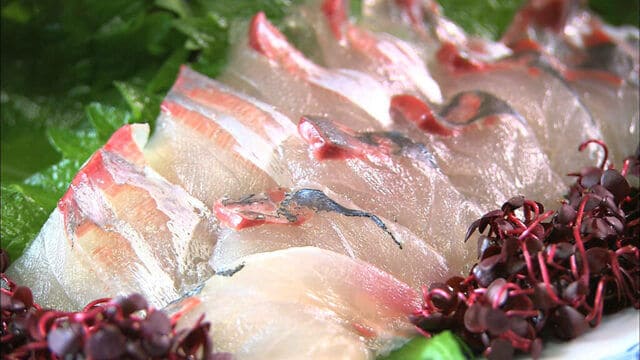
Each Sekisaba is carefully processed using the ikejime technique to maintain freshness by draining blood and preserving its quality. The fish are then placed in a suspended animation state (nichinan) to keep the flesh tender. Sekiaji is in season from July to September. In early autumn, the fish becomes more fatty and is in season from December to March. Both are ideal for eating raw, offering a firm texture with rich, melt-in-your-mouth fat—hallmarks of the Saganoseki brand. The fresh sashimi has firm flesh and a texture that is unique to Seki fish.
FAQ
- What is the difference between Seki mackerel and regular mackerel?
-
Seki mackerel is a branded mackerel caught by single-hook fishing in Saganoseki, Oita Prefecture. Its flesh is firm, richly fatty, and its freshness and quality are strictly controlled. Compared to regular mackerel, it can cost more than ten times as much.
- What is the recommended way to eat Seki mackerel?
-
Because Seki mackerel is very fresh and fatty, the best way to enjoy it is as sashimi.
Takeaway
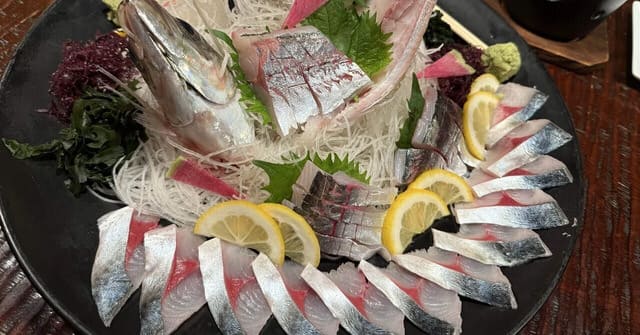
Seki Saba is more than just a mackerel—it’s a delicacy that showcases the dedication of Oita’s fishermen and the rich waters of the Bungo Channel. Its firm texture, rich umami, and unmatched freshness make it a must-try for seafood lovers. If you ever find yourself in Japan, don’t miss the chance to taste this exceptional fish. Whether as sashimi or grilled, Seki Saba promises an unforgettable experience. Be sure to try it and savor the true essence of Japan’s premium seafood!
If you enjoyed learning about Seki Saba, you might also want to try Seki Aji, its equally famous counterpart, or explore other premium Japanese seafood that offers a unique taste of Japan’s rich coastal flavors!
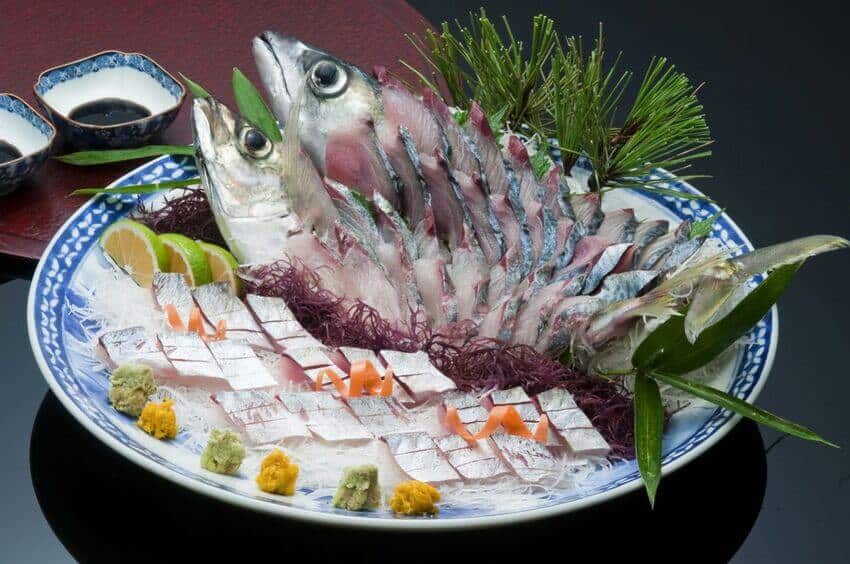
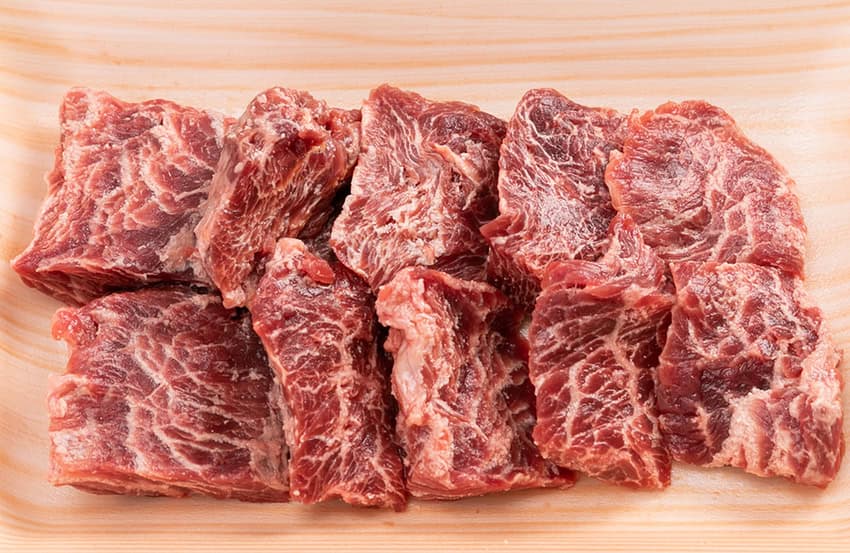
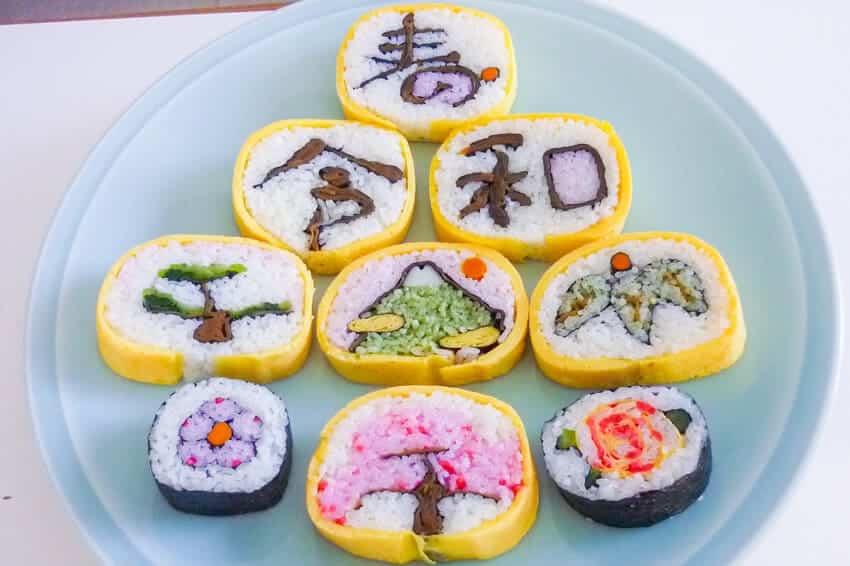
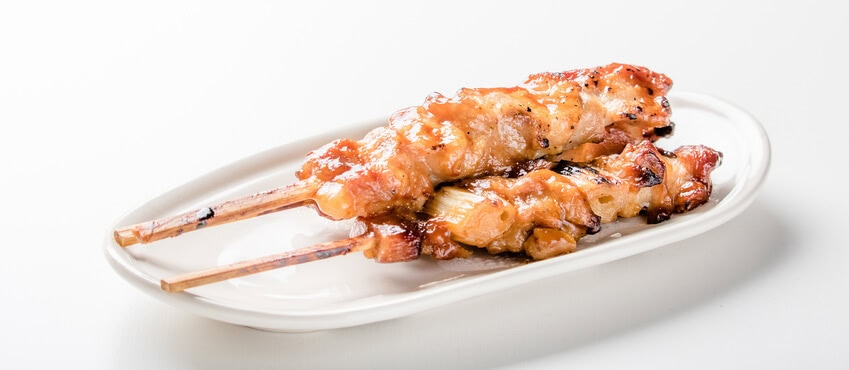
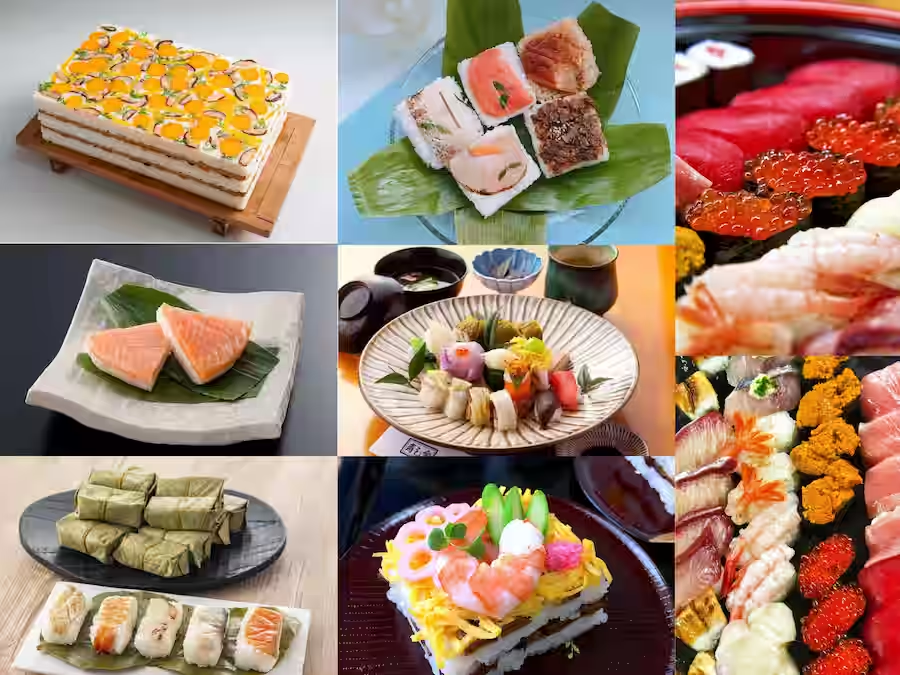

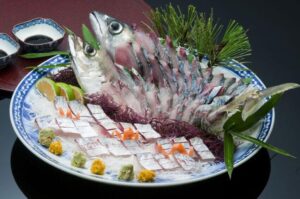
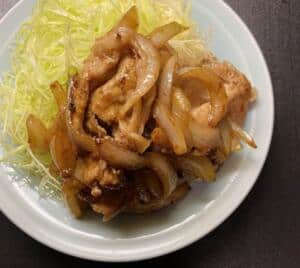


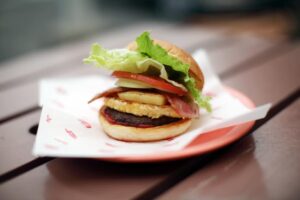
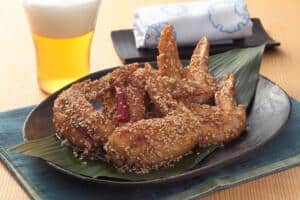

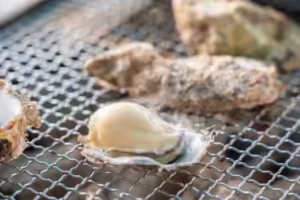
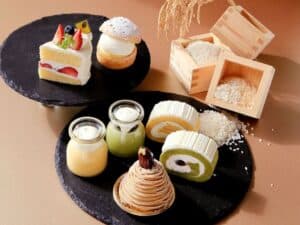
Comments